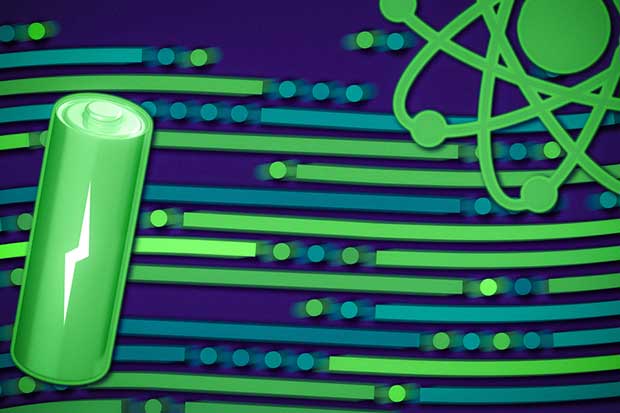Chemists at MIT have achieved a significant breakthrough by providing a detailed mapping of the proton-coupled electron transfers occurring at the surface of an electrode. This fundamental chemical reaction, involving the movement of protons between the electrode’s surface and an electrolyte to generate an electric current, plays a crucial role in various energy technologies, such as fuel cells and hydrogen gas production through electrolyzers.
The researchers, led by MIT chemistry and chemical engineering professor Yogesh Surendranath, aim to enhance the efficiency of fuel cells, batteries, and other energy-related technologies based on their findings. The study, published in Nature Chemistry, delves into understanding the intricate nature of how electrons and protons couple at a surface site, particularly relevant for catalytic reactions in energy conversion devices.
One key aspect of their findings is the detailed analysis of how changes in the pH of the electrolyte solution impact the rate of proton motion and electron flow within the electrode. Proton-coupled electron transfer, where a molecule transfers a proton to another molecule or an electrode surface, is a widespread phenomenon in catalytic mechanisms crucial for energy conversion processes like hydrogen generation and fuel cell catalysis.
The researchers faced challenges in studying this process at the surface of an electrode due to its heterogeneous nature. To overcome this, they designed electrode surfaces composed of graphene sheets with attached organic compounds, providing precise control over the composition of the electrode surface.
The electrodes created by the MIT team had a uniform array of well-defined sites, each capable of binding a proton with the same affinity. This design allowed them to unravel the kinetics of proton-coupled electron transfer processes. The researchers measured the flow of electrical current to the electrodes, enabling them to calculate the rate of proton transfer to the oxygen ion at the surface.
One notable result was the significant influence of the pH of the surrounding solution on the proton transfer rate. The researchers observed the highest rates at extreme pH values, with pH 0 (most acidic) and pH 14 (most basic) showing the fastest rates. Surprisingly, they found that the two reactions contributing to proton transfer had equal rates not at neutral pH 7 but at pH 10, challenging existing models.
The researchers proposed a model based on two possible reactions involving hydronium ions (H3O+) and water, leading to the generation of water or hydroxide ions (OH-) at the surface. The unexpected findings suggest a need to reconsider existing models that assume equal contributions from forward and backward reactions to the overall rate.
The MIT team is now using their experimental setup to explore the impact of adding different types of ions to the electrolyte solution on the rate of proton-coupled electron flow. Their work, funded by the U.S. Department of Energy Office of Basic Energy Sciences, holds promise for advancing our understanding of crucial chemical reactions in energy technologies.
Citation
https://news.mit.edu/2024/study-reveals-electrode-reaction-renewable-energy-technologies-0116
